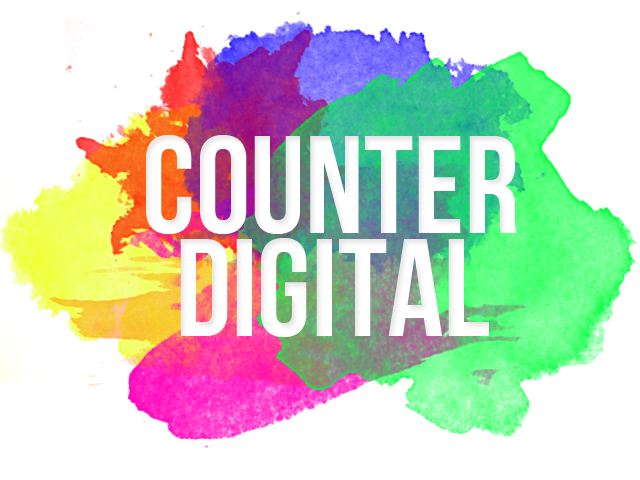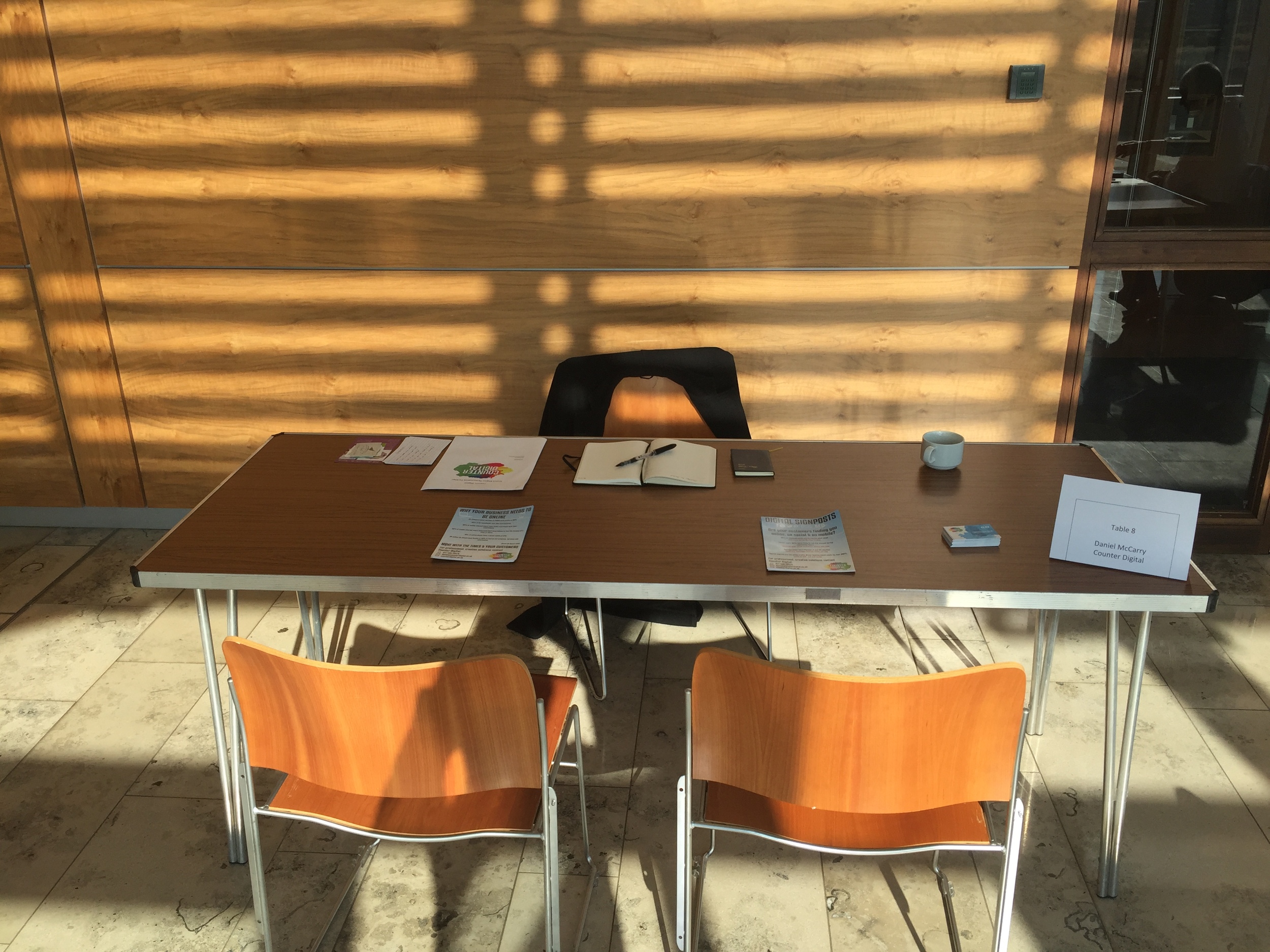Earlier this week I stumbled across this photo article on The Guardian detailing the demise and disappearance of classic, quirky old Irish shop and storefronts in our town and village centres and it got me thinking.
The world is constantly changing, seemingly faster than ever before, and with the likes of voice-activated shopping, AI and the Internet of Things all in the ascendency it doesn’t seem to be stopping any time soon.
For many, that’s a bad thing but I believe we should look towards, and search for, the positives out there.
Cause of Changes
Before we get to that, it’s worth considering the cause of the changes our centres have been experiencing over the last two decades.
Although I’ve worked on a number of Ballymena BID projects in the past (and as a result heard all kinds of reasoning for problems in our town centres) I would never claim to be an expert in this field.
However, I think the problems can be roughly divided into three: out-of-town centres, national chains and “the internet”.
You could also throw rising rates and rents, as well as a squeezing of disposable incomes, into the mix but the three major issues listed above have pulled shoppers away from town centre streets and in to massive outlets or back into their living rooms behind screens.
Major national chains closing branches and shops post-recession is the icing on the cake…
The Not to Distant Future
Pretty bleak, right? Yes and no.
There’s no doubt that our town centres are currently struggling through a transition phrase right now.
Centres throughout Ireland, Northern Ireland and the rest of the UK are littered with closed, vacant and abandoned lots but that doesn’t always have to be the case, and most likely won’t.
In the face of unlimited options more and more consumers have chosen local or different (just see your closest specialty coffee shop as an example) and I can see this trend continuing in the years to come.
In the face of 360 degrees competition, high rates and rent (which will hopefully drop when councils and landlords realise an empty lot in a dying town is worthless) and the omnipresence of the Internet – I believe we’ll see a leaner, stripped down, more adaptable retailer emerge.
Local crafters, artists, Internet-first retailers, service providers and even YouTubers or creators could fill those empty spaces and breathe life back into our town centres.
So it isn’t all lost, yet.
A Few Favourites
Finally, it wouldn’t be right to highlight the article above without picking out a few Counter Digital favourites (obviously all images credited to and owned by Trevor Finnegan) so without further ado:













